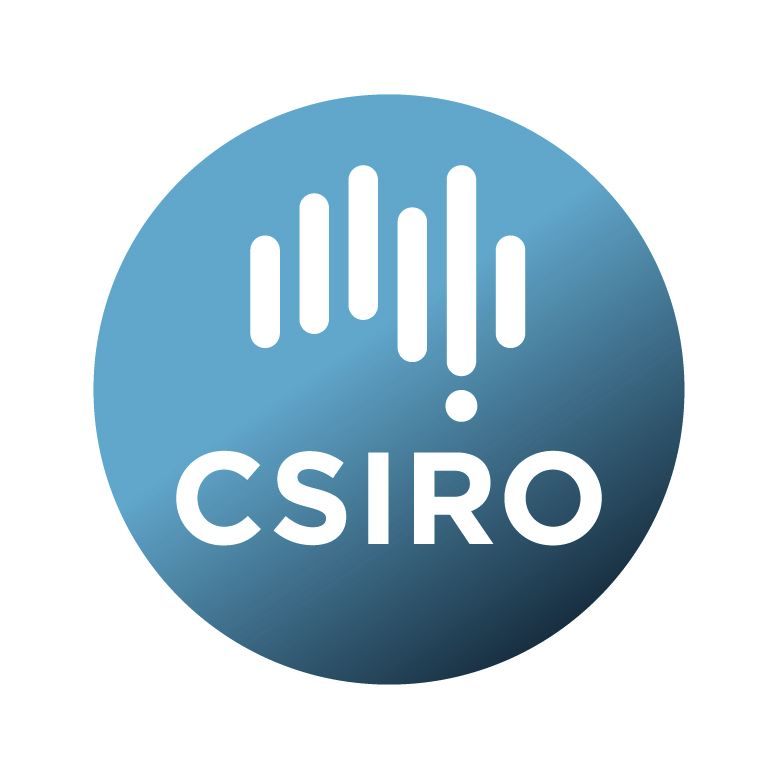Brief description
This is Version 1 of the Soil Organic Carbon Fractions product of the Soil and Landscape Grid of Australia.The Soil and Landscape Grid of Australia has produced a range of digital soil attribute products. This product contains six digital soil attribute maps for each of three depth intervals, 0-5cm, 5-15cm, 15-30cm These depths are consistent with the specifications of the GlobalSoilMap.net project (http://www.globalsoilmap.net/). The digital soil attribute maps are in raster format at a resolution of 3 arc sec (~90 x 90 m pixels).
These maps are generated using Digital Soil Mapping methods
Attribute Definition: Soil Organic Carbon Fractions :- mineral-associated organic carbon (MAOC), particulate organic carbon (POC) and pyrogenic organic carbon (PyOC)
Units: Various;
Period (temporal coverage; approximately): 1950-2022;
Spatial resolution: 3 arc seconds (approx 90m);
Total number of gridded maps for this attribute: 18;
Number of pixels with coverage per layer: 2007M (49200 * 40800);
Total size before compression: about 8GB;
Total size after compression: about 4GB;
Data license : Creative Commons Attribution 4.0 (CC BY);
Format: Cloud Optimised GeoTIFF.
Lineage: Soil organic carbon (SOC) is the largest terrestrial carbon pool. SOC is composed of a continuum set of compounds with different chemical composition, origin and susceptibilities to decomposition, that are commonly separated into pools characterised by different responses to anthropogenic and environmental disturbance. Here we map the contribution of three SOC fractions to the total SOC content of Australia’s soils.
The three SOC fractions: mineral-associated organic carbon (MAOC), particulate organic carbon (POC) and pyrogenic organic carbon (PyOC), represent SOC composition with distinct turnover rates, chemistry, and pathway formation. Data for MAOC, POC, and PyOC were obtained with near- and mid-infrared spectral models calibrated with measured SOC fractions. We transformed the data using an isometric log-ratio transformation (ilr) to account for the closed compositional nature of SOC fractions. The resulting , back-transformed ilr components were mapped across Australia.
SOC fraction stocks for the 0-30 cm were derived with maps of total organic carbon concentration, bulk density, coarse fragments and soil thickness. Mapping was done by quantile regression forest fitted with the ilr transformed data and a large set of environmental variables as predictors.
The resulting maps along with the quantified uncertainty show the unique spatial pattern of SOC fractions in Australia. MAOC dominated the total SOC with an average of 59% ±17.5%, whereas 28% ± 17.5% was PyOC and 13% ± 11.1% was POC. The allocation of TOC into the MAOC fractions increased with depth. SOC vulnerability (i.e., POC/[MAOC + PyOC]) was greater in areas with Mediterranean and temperate climate. TOC and the distribution among fractions were the most influential variables on SOC fraction uncertainty. Further, the diversity of climatic and pedological conditions suggests that different mechanisms will control SOC stabilisation and dynamics across the continent, as shown by the model covariates importance metric. We estimated the total SOC stocks (0-30 cm) to be 12.7 Pg MAOC, 2 Pg POC and 5.1 Pg PyOC, which is consistent with previous estimates. The maps of SOC fractions and their stocks can be used for modelling SOC dynamics and forecasting changes in SOC stocks as response to land use change, management, and climate change.
Code - https://github.com/AusSoilsDSM/SLGA
Observation data - https://esoil.io/TERNLandscapes/Public/Pages/SoilDataFederator/SoilDataFederator.html
Covariate rasters - https://esoil.io/TERNLandscapes/Public/Pages/SLGA/GetData-COGSDataStore.html
Available: 2024-08-28
Data time period: 1950-01-01 to 2022-10-06
Subjects
3-dimensional soil mapping |
Attributes |
Australia |
Continental |
DSM |
Digital Soil Mapping |
Environmental Sciences |
Global Soil Map |
Raster |
SLGA |
Soil |
Soil Maps |
Soil Organic Carbon Fractions |
Soil Sciences |
Soil Sciences Not Elsewhere Classified |
TERN |
TERN_Soils |
TERN_Soils_DSM |
spatial modelling |
spatial uncertainty |
User Contributed Tags
Login to tag this record with meaningful keywords to make it easier to discover
Identifiers
- DOI : 10.25919/HQMN-ZQ45

- Handle : 102.100.100/448266

- URL : data.csiro.au/collection/csiro:56603



